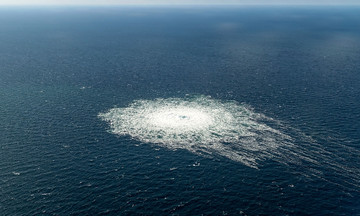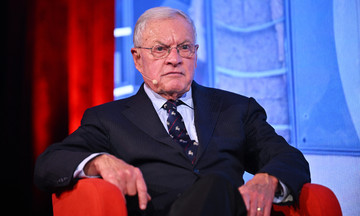Russia's Ministry of Defense announced on 26/6 that units of its Eastern Military District "fought intensely and took control of Shevchenko". The small village, located in Donetsk province near the administrative borders with Zaporizhzhia and Dnipropetrovsk, had a pre-war population of about 1,200.
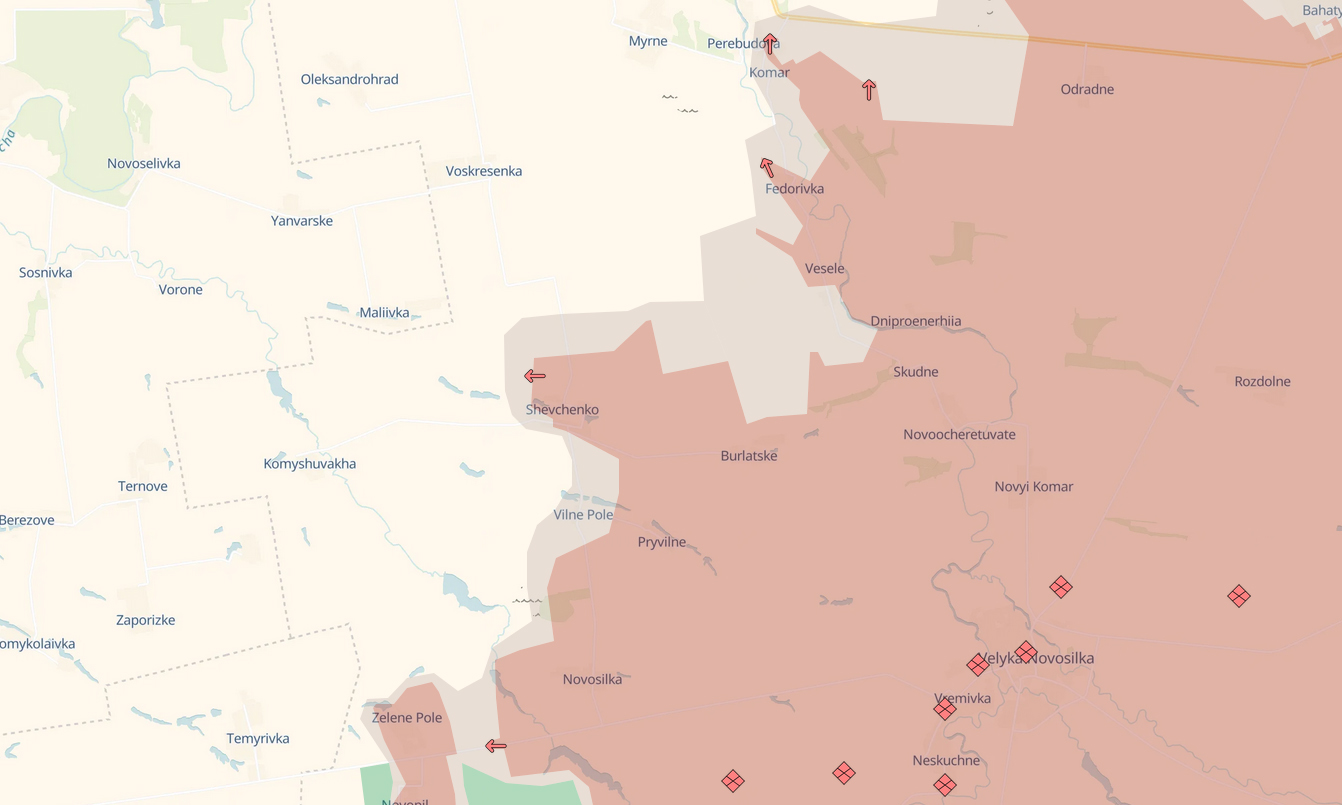 |
Russian advances near the Donetsk-Dnipropetrovsk-Zaporizhzhia border junction on 29/6. Graphic: Deep State |
A map published on 29/6 by Deep State, an analytical group associated with the Ukrainian Ministry of Defense, indicates that Russian forces control almost all of Shevchenko and are advancing westward toward the administrative border between Donetsk and Dnipropetrovsk.
Ukrainian media reports that after securing Shevchenko, Russian forces gained access to one of the region's most promising lithium deposits. The deposit near Shevchenko is estimated to contain about 1.2 million tons of ore with a lithium content of over 1.5% and is considered one of the largest lithium deposits in Eastern Europe.
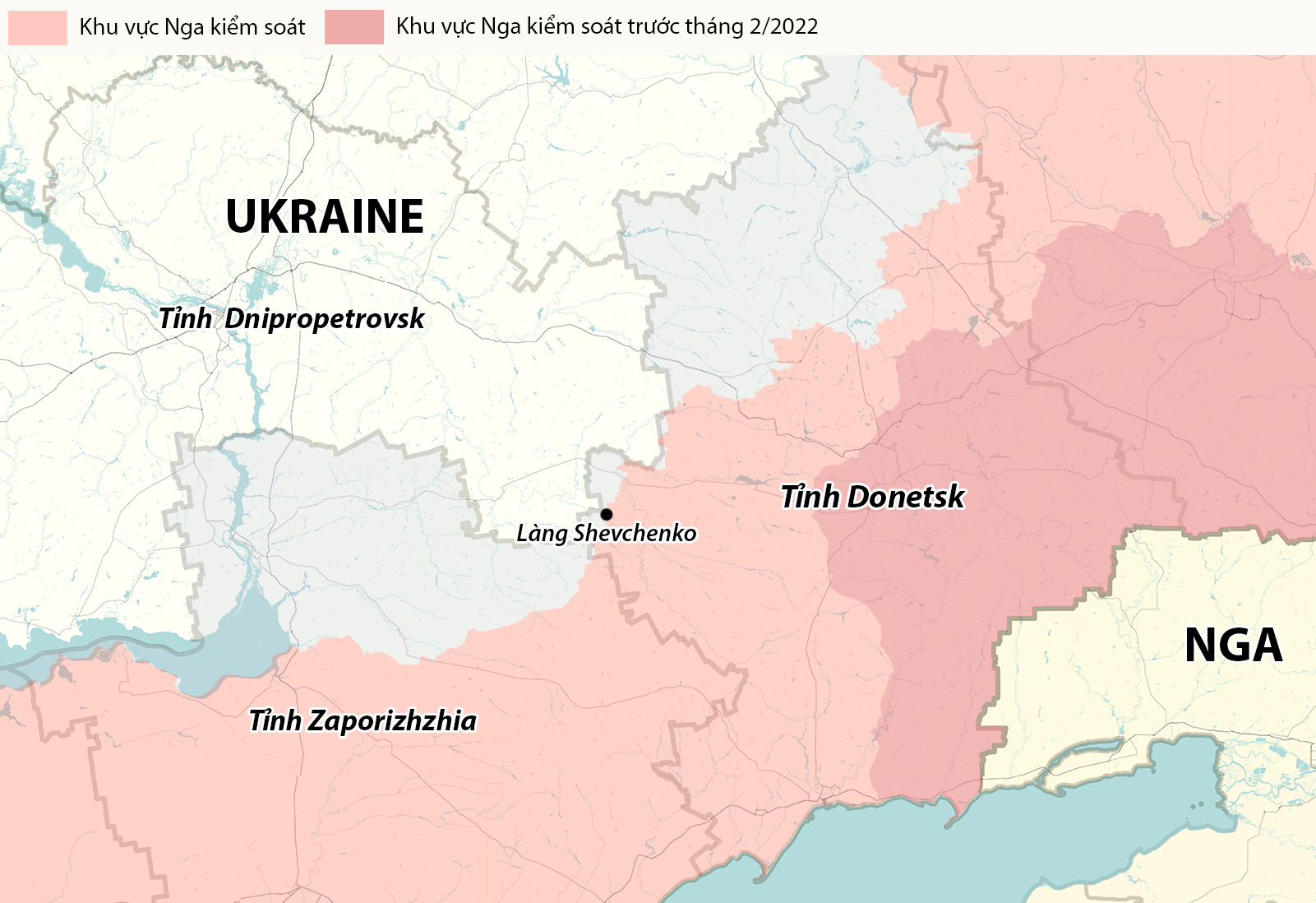 |
Location of Shevchenko village, Donetsk province. Graphic: RYV |
According to the State Geological Survey of Ukraine, the lithium deposit east of Shevchenko covers nearly 40 hectares. Soviet geologists discovered the deposit in 1982 and assessed it as being at a depth suitable for commercial extraction.
"Shevchenko is one of the settlements nearest to the lithium deposit. This is one of the reasons why the Ukrainian army deployed a large number of soldiers to defend this area," said Igor Klimakovsky, a Russian-appointed official in Donetsk.
Lithium is a high-demand resource, as it is a key component in electric vehicle batteries, as well as being used in various other industries and technologies. The US government estimates Ukraine's lithium reserves at about 500,000 tons, with Russia possessing twice that amount.
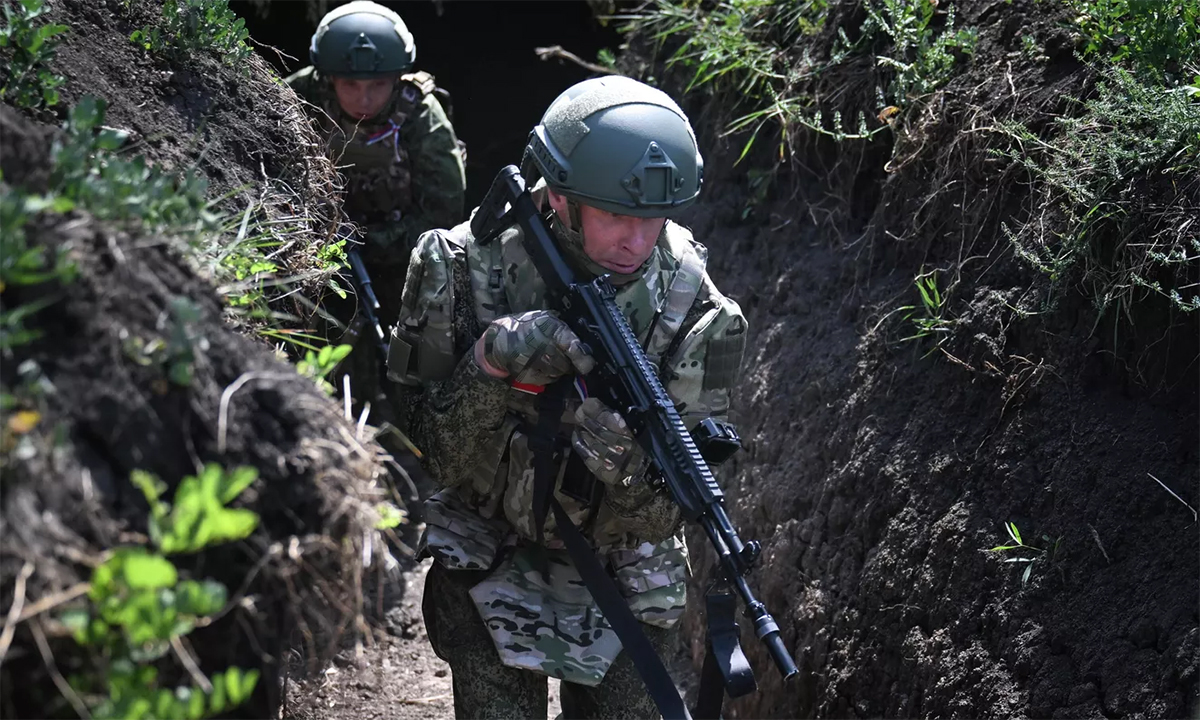 |
Russian soldiers at a training ground near the front line on 8/6. Photo: Russian Ministry of Defense |
Nguyen Tien (Reuters, AFP, RIA Novosti)




